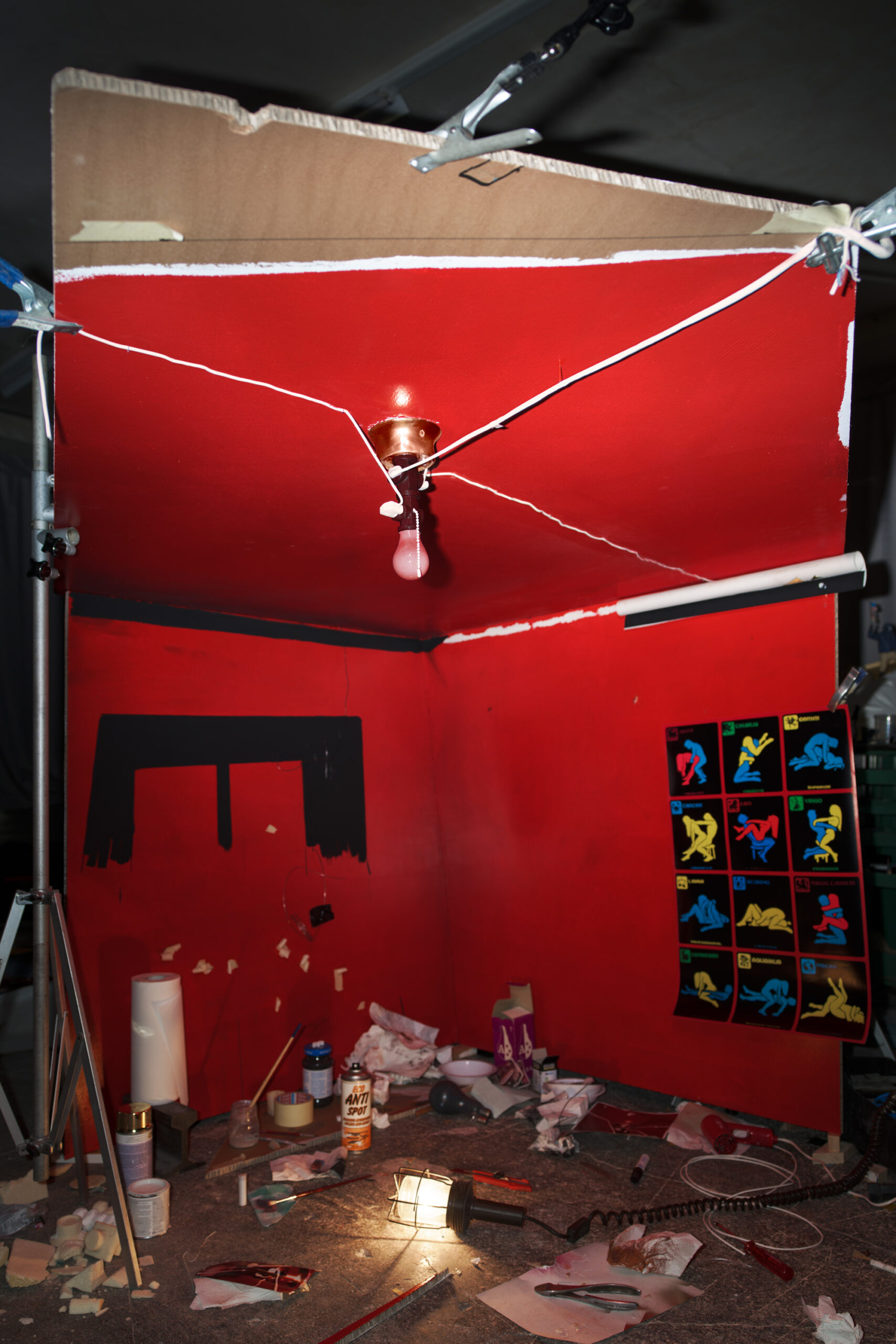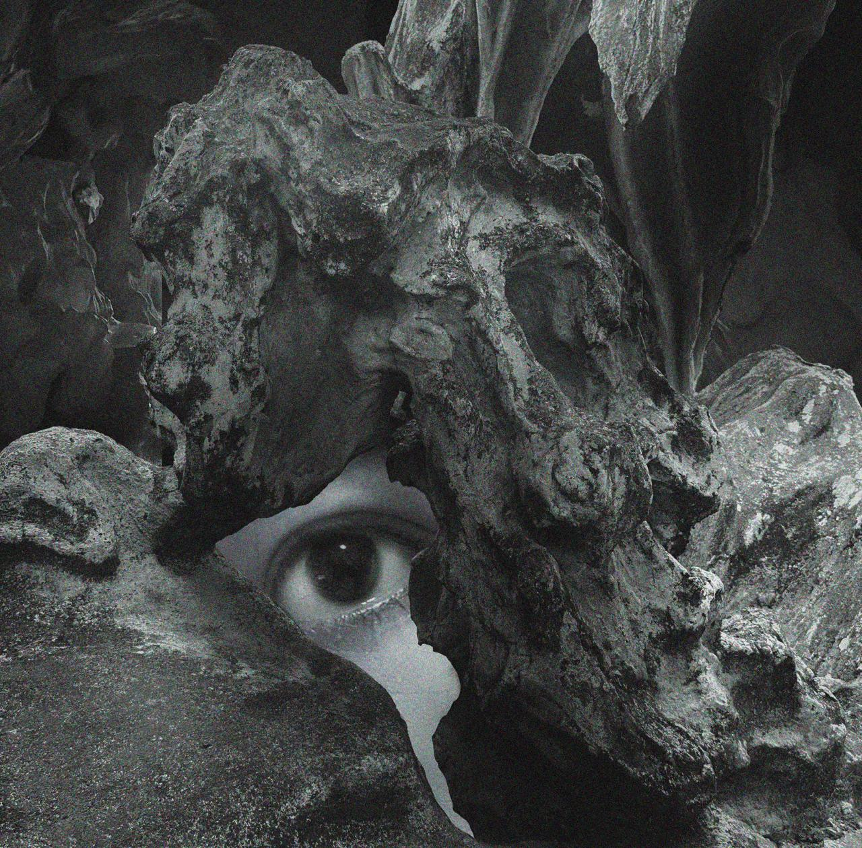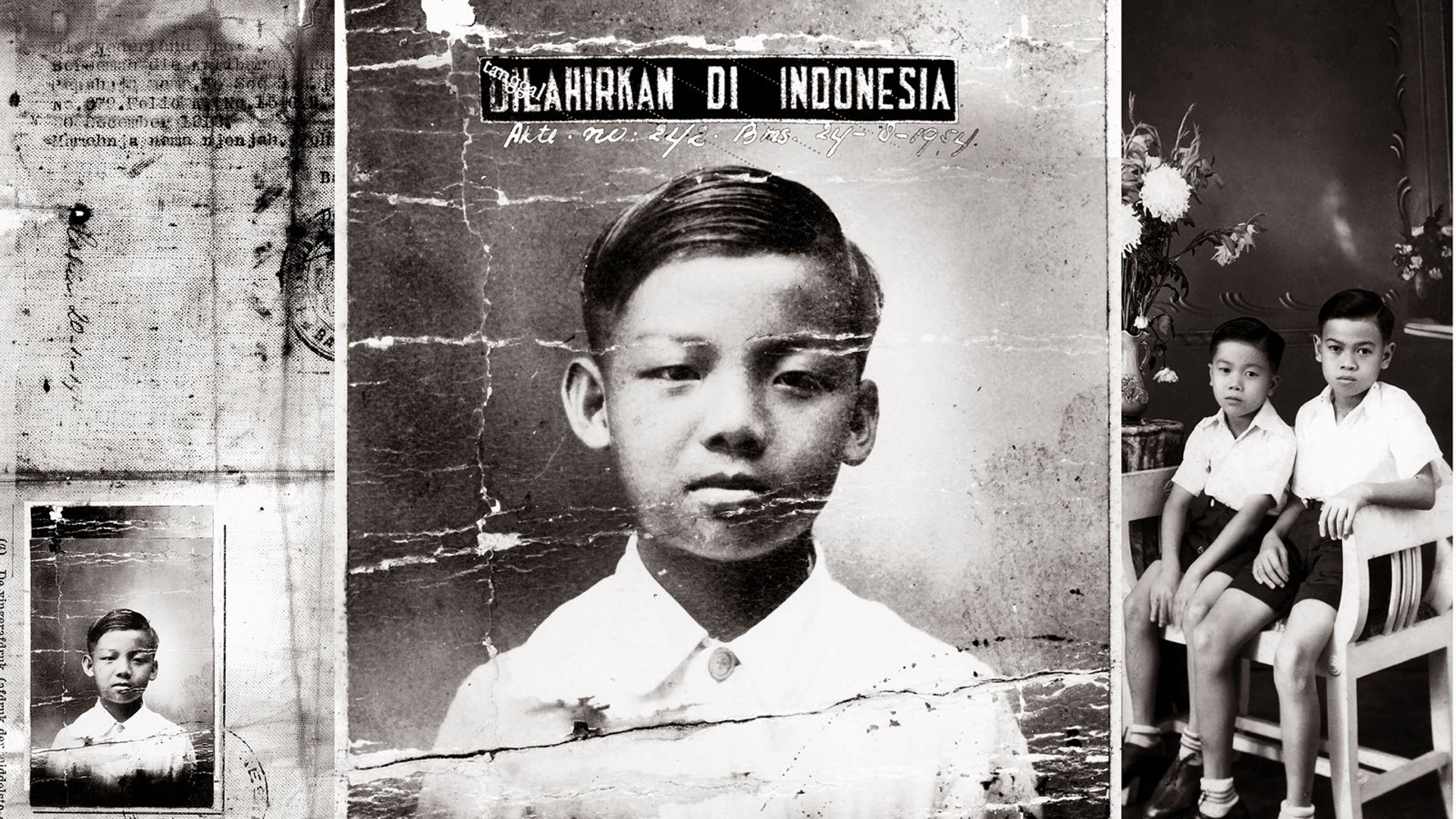The power of icons has consistently fascinated and perplexed artists. It has also challenged them to offer a different narrative rendering of these famous photographs. For example, there are numerous approaches based on the idea of re-enactment, of restaging the event for the camera with the help of actors. Other artistic methods use Photoshop to intervene in the image, editing in a detail or even deleting significant elements in the picture. What these strategies have in common is that they play with the mental image of the icons in the mind of the viewer.
Jojakim Cortis and Adrian Sonderegger take a different approach. Rather than focusing on the action and the moment, they emphasise the space and the construction of the image. They restore the depth of the three-dimensional space to the two-dimensional surface of the photographic icons, returning the instant in the past that has become enshrined in history to the constructed, present-moment reality of their studio. These compositions do not set out to conceal their constructedness but provocatively turn it outward. Moreover, the studio continues the world captured in the photograph beyond the boundaries of the image: the spotlight in Cortis and Sonderegger’s studio becomes the spotlight in New York’s Palladium in 1979, when Paul Simonon smashed his guitar to pieces.
All of a sudden the original edges of the icons emerge as the crops and trims that have hitherto prevented us from seeing that all these great images might in reality have been artifices, moments constructed for the camera. The footprint of the first man on the moon was nothing more than an imprint in a sandbox in a photo studio. But isn’t that what we’ve always thought?
Cortis and Sonderegger’s re-enactments thus draw on the compositional power of these images, perpetuating or amplifying it, as when, for example, the outstretched arms of the American Olympic athletes giving the Black Panther salute are allowed to bleed into the dark studio backdrop, which seems to extend upwards to infinity.
At first sight, the two photographers’ ‘Making of…’ might seem somewhat audacious when compared with the great historical models, yet the pair take it upon themselves to recreate the settings from nearly two centuries of photographic history, conjuring them time and again out of nothing. They achieve this with an almost boyish delight, revelling in the bricolage that is a characteristic feature of certain modernist works.








